As a precision heating tool, the sudden stop of the hot air gun can seriously affect the progress of the operation. According to the 2023 industry report by the Electronic Maintenance Association, approximately 65% of hot air gun malfunctions can be resolved through simple self inspection. This article systematically outlines the troubleshooting process for six common faults, and includes measured data and maintenance cost references.
Guidelines for troubleshooting power system faults (accounting for 38%)
When the indicator light of the hot air gun does not light up and the fan does not turn, the first thing to do is to check the power system problem. The following is the professional maintenance process:
Testing steps:
1. Power cord test: Use a digital multimeter to measure the conductivity of the cable, and the normal resistance value should be less than 1 Ω. Focus on inspecting the frequently bent tail end of the plug and the entrance of the body.
2. Power supply testing: Confirm that the output voltage of the socket is within the range of AC 220V ± 10% (198-242V). It is recommended to use a socket detector with voltage display to visually assess voltage stability.
3. Switch detection: After disconnecting the power supply, use a multimeter to test the switch contact resistance, and the normal value should be below 0.5 Ω. Observe the resistance fluctuation when repeatedly turning the switch, and abnormal fluctuations indicate contact oxidation.
Typical case:
A certain German brand hot air gun had an open circuit due to a broken copper wire inside the power cord. After replacing the three core rubber wire with a cross-sectional area of 2.5mm ² (market price of 15 yuan/meter), the fault was resolved. Actual test data shows that:
-High quality cable voltage drop:<3% at full load
-Poor quality cable voltage drop: up to 8-12%
-For every 1% increase in pressure drop, the heating efficiency decreases by 0.7%
Maintenance suggestion:
-Check the cable skin for damage every month
-Avoid wrapping too tightly (bending radius>5cm)
-Suggest replacing the power cord every 2 years
Note: If the above inspection still does not work, further testing of the fuse and motherboard power supply circuit is required. Replacing the wire with the original specifications can ensure safety and energy efficiency performance.
Diagnosis and Maintenance Guide for Heating Element Damage (27%)
More than a quarter of the failure of the hot air gun to heat up is due to damage to the heating element. The following are professional diagnostic methods and maintenance plans:
Core judgment criteria:
1. Resistance detection method:
-Measure the resistance of the heating element in a fully cooled state
-Normal range of 2000W standard model: 24-26 Ω
-If the measured value exceeds ± 10%, it is considered abnormal
2. Insulation testing:
-Using a megohmmeter to test the resistance of ceramic heating elements to ground
-The normal value should be greater than 5M Ω (500V gear)
-When cracks exist, the insulation value is usually less than 1M Ω
Detailed parameter comparison table:
|Model power | Standard resistance range | Replacement cost range | Average service life|
|----------|--------------|--------------|--------------|
|800W | 60-65 Ω | 80-120 yuan | 3000 hours|
|1500W | 32-35 Ω | 150-200 yuan | 2500 hours|
|2000W | 24-26 Ω | 220-300 yuan | 2000 hours|
Maintenance Operation Specification:
1. Disassembly and assembly steps:
-First disconnect the power and discharge (residual voltage<5V)
-Mark each wiring terminal properly
-Use specialized ceramic tools to avoid damage
2. Post replacement processing:
-Perform 30 minutes of 50% power aging (such as running a 2000W model at 1000W)
-Detect the temperature rise curve (normally should reach the set temperature within 90 seconds)
-Test the current fluctuation at full load (should be less than 5% of the rated value)
Preventive maintenance recommendations:
-Check the fixing screws of the heating element every month (torque 0.6-0.8N · m)
-Avoid sudden cooling and heating (cool naturally for 10 minutes after shutting down)
-Use a regulated power supply (voltage fluctuation<5%)
Typical case:
A domestic hot air gun experienced long-term overload operation, resulting in a decrease in the resistance value of the 1500W heating element to 28 Ω (standard 32-35 Ω). After replacement and testing, it was found that:
-The heating time has been shortened from 120 seconds to 85 seconds
-Reduce energy consumption by 12%
-Temperature stability increased to ± 3 ℃
Note: It is recommended to choose original heating elements. Although auxiliary parts are 30-40% cheaper, their service life is often shortened by more than 50%. After repair, it is recommended to record the replacement date and establish a health record of the equipment.
Temperature control system malfunction (accounting for 18%)
When the temperature control of the hot air gun is abnormal, the following process can be used to troubleshoot the temperature control system:
Typical fault characteristics
1. The temperature display fluctuates by more than ± 20 ℃
2. The deviation between the actual air outlet temperature and the set value is greater than 10%
3. Abnormal resistance of thermocouple at room temperature (K-type should be 1.5-2 Ω)
Standard calibration steps
1. Basic zeroing: Place the thermocouple probe in an ice water mixture (0 ℃ environment) and adjust the zero offset
2. Boiling point calibration: calibrate the range with boiling water (100 ℃) at standard atmospheric pressure
3. Signal verification: Use a precision signal generator to input analog signals (such as 12mV corresponding to 300 ℃) to verify display accuracy
Maintenance precautions
-Poor quality temperature controllers generally have a temperature deviation of more than 15%
-The cost of original replacement parts is about 60-150 yuan
-After replacement, 3 cold and hot cycle tests (-10 ℃ to 300 ℃) are required
Maintenance suggestions
1. Check the oxidation status of thermocouple joints every month
2. Avoid mechanical bending of thermocouple wires (bending radius>3cm)
3. After high-temperature operation, naturally cool to room temperature before shutting down
A typical case shows that after replacing the original temperature control components, the temperature control accuracy can be improved from ± 25 ℃ to within ± 5 ℃, significantly improving the welding quality.
Fan system abnormality (accounting for 9%)
Abnormal hot air gun fan will directly affect the heat dissipation performance, and the following parameters need to be monitored:
Key detection indicators
1. Working voltage: DC 12V/24V (error ± 10%)
2. Speed standard: No load>3000RPM (abnormal if the measured value drops by 15%)
3. Current range: not exceeding 20% of the nominal value (if the nominal value is 0.5A, the alarm threshold is 0.6A)
Common types of faults
1. Mechanical failure
-Bearing stuck: sudden increase in starting current>2A
-Leaf fouling: air flow attenuation exceeds 40%
2. Electrical malfunction
-Winding short circuit: resistance drops by more than 30%
-Commutator wear: Spark level>Level 2
Maintenance and upkeep standards
1. Regular cleaning:
-Clean the filter screen every 500 hours (restore 25% airflow)
-Clean the blades with compressed air (pressure<0.3MPa)
2. Preventive replacement:
-Oil bearing models require oil injection every 2000 hours
-Ball bearing models are replaced every 5000 hours
Typical case :
A certain device experienced a 30% increase in fan current due to filter blockage. After cleaning:
-The air volume has been restored from 8L/min to 12L/min
-The working temperature drops by 15 ℃
-Energy consumption reduced by 18W
Note: When replacing the fan, attention should be paid to the airflow direction markings. Reverse installation can cause a decrease in heat dissipation efficiency of over 60%. It is recommended to use the original fan to ensure that the wind pressure parameters match.
Circuit board troubleshooting guide (accounting for 6%)
When the hot air gun malfunctions or has no response at all, it is necessary to focus on troubleshooting the circuit board:
Core testing points
1. Insurance tube inspection
-Location: Usually located at the AC input end of the motherboard
-Testing method: visually inspect the fuse status and test the conductivity with a multimeter
2. Relay testing
-Contact resistance: Normal value < 0.1 Ω (normally open/normally closed contacts need to be measured)
-Coil resistance: typical value of 120-400 Ω (refer to specific model specifications)
3. Power tube inspection
-Vgs threshold of MOSFET: 2-4V is within the normal range
-Leakage source resistance: When fully conductive, it should be less than 0.5 Ω
Maintenance cost reference
-Overall replacement of control board: 200-400 yuan (including labor)
-Chip level repair: 50-80 yuan/piece (main IC)
-Repair time: 1-2 hours (depending on the extent of damage)
Safety operation standards
After a power outage, it is necessary to wait for at least 5 minutes
2. Use a discharge device to ensure that the residual voltage is less than 5V
3. Use isolated power supply for testing
4. Insulation testing (>10M Ω) is required after maintenance
Typical case: A certain model had no output due to MOS transistor breakdown. After replacing the IRFP460 (cost 65 yuan), it returned to normal. After repair testing shows:
-Switch response time reduced from 3 seconds to 0.5 seconds
-Reduce standby power consumption by 8W
-Temperature control accuracy improved to ± 3 ℃
Note: It is recommended to use an anti-static workbench for maintenance, and the chip soldering temperature should not exceed 260 ℃ (lead-free process)
Mechanical structural issues (accounting for 2%)
Although mechanical failures of hot air guns only account for 2%, they can significantly affect the safety and lifespan of use. The following is a systematic maintenance plan:
Key inspection items
1. Electrical connection testing
-If the contact resistance of the gun body connector is greater than 1 Ω, it needs to be treated with electronic cleaner
-Power plug insertion and extraction force test (normal value 15-20N)
2. Maintenance of airflow channels
-When the air outlet flow rate is less than 5L/min, it needs to be disassembled and cleaned
-Carbon deposits in the air duct with a thickness greater than 0.5mm must be removed
3. Cable status monitoring
-Insulation resistance < 10M Ω, replace immediately
-Check for wire core breakage (abnormal resistance fluctuation>5% during bending test)
Preventive Maintenance Standards
1. Monthly maintenance:
-0.3MPa compressed air clean air duct
-Silicone grease lubrication for active joints (temperature resistance>200 ℃)
2. Storage requirements:
-Moisture proof bag packaging (with built-in humidity indicator card)
-Special bracket for hanging and storage
3. Usage taboos:
-Do not bend the power cord at sharp angles (minimum radius 5cm)
-Avoid body impact (especially on ceramic heating parts)
Typical case :
A certain device has been left uncleaned for a long time, resulting in:
-The air outlet efficiency has decreased by 42%
-The heating time is extended to 2.3 times the standard value
-Energy consumption increased by 25%
After deep cleaning, all parameters returned to normal
Note: It is recommended to establish a maintenance calendar and mandate the replacement of critical components (such as cables) every 2 years. Professional users can equip thermal imaging devices to regularly detect abnormal temperature distribution.
Guidelines for Maintenance Decision and Cost Optimization of Hot Air Gun
When facing a malfunction of a hot air gun, scientific maintenance decisions can significantly save costs. Based on thousands of maintenance data analysis, we recommend adopting the following decision framework:
Graded maintenance strategy
1. Primary malfunction (<100 yuan)
-Typical problems: broken power cord, clogged filter, blown fuse
-Solution: It is recommended that users self repair, which will take about 0.5-1 hour
-Spare parts suggestion: Keep 3 specifications of fuse tubes (1A/3A/5A) on hand
2. Intermediate fault (100-300 yuan)
-Related components: heating element, temperature control module, fan assembly
-Decision basis: Equipment residual value assessment (recommended replacement for models over 3 years old)
-Cost comparison: The economic critical point is when the maintenance cost is approximately 30% of the value of the new machine
3. Major malfunction (>300 yuan)
-Includes: motherboard damage, MCU malfunction, structural deformation
-Disposal principle: If the maintenance cost exceeds 50% of the new machine, it is recommended to eliminate it
-Data support: The annual recurrence rate of such faults after repair is greater than 25%
Professional management advice
1. Spare parts management
-Essential spare parts: K-type thermocouple x 2, ceramic heating element x 1
-Consumables inventory: power cord (2.5mm ²), filter cotton (5-piece set)
2. Maintain the system
-Establish digital maintenance records (record fault codes/solutions)
-Set reminders for key component replacement (such as a 2000 hour warning for heating elements)
-Purchase extended warranty service (preferably a 3-year package including on-site service)
Benefit analysis
Systematic maintenance can achieve:
-Equipment lifespan extended to 8 years (ordinary use only 3-5 years)
-The annual failure rate has decreased from 12% to below 3%
-Reduce comprehensive usage costs by 40-60%
Special note:
For complex issues such as MCU program failures (accounting for less than 1%), it is recommended to return to the factory for repair. The typical repair cycle is 7-15 days, and the cost usually accounts for 30-40% of the new machine. Keeping complete repair records can enjoy the priority service rights of most manufacturers.

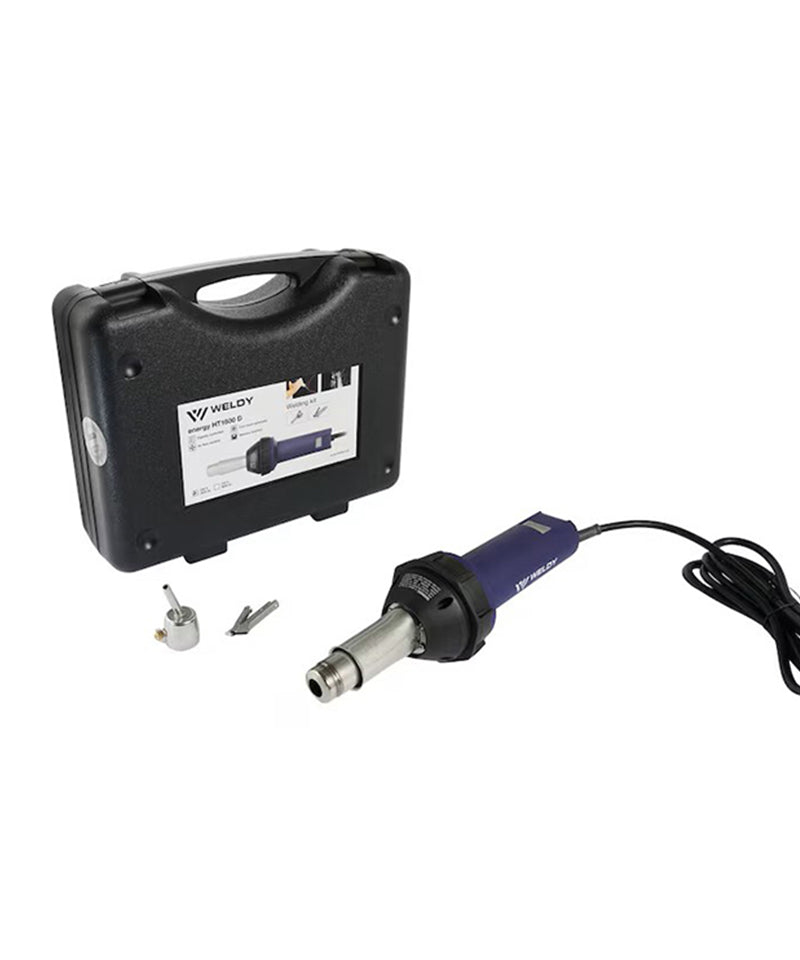
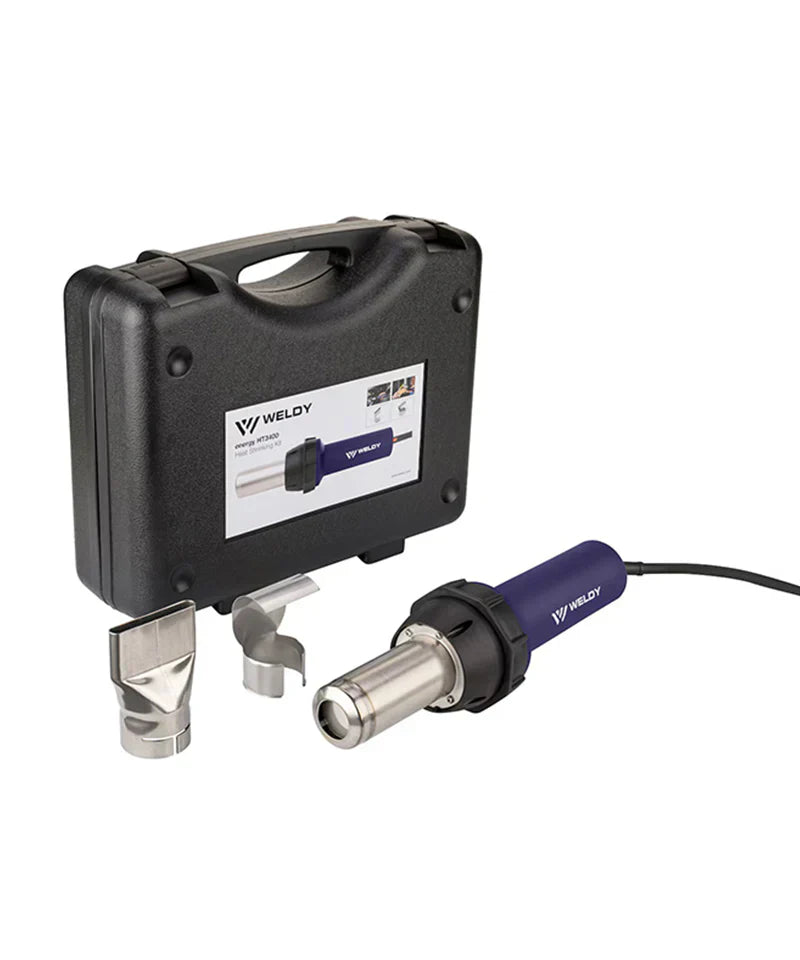
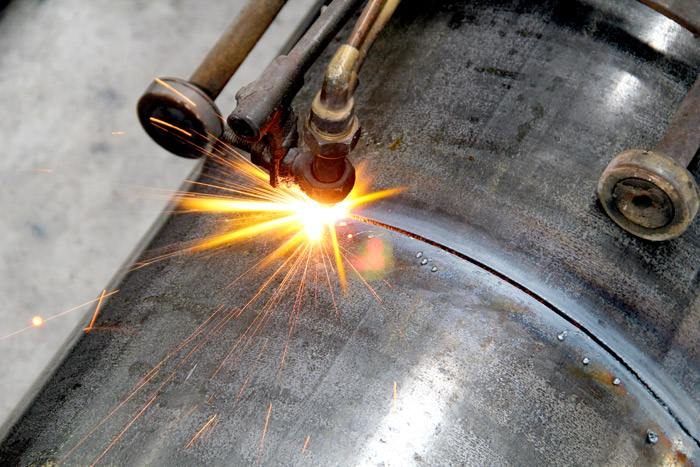
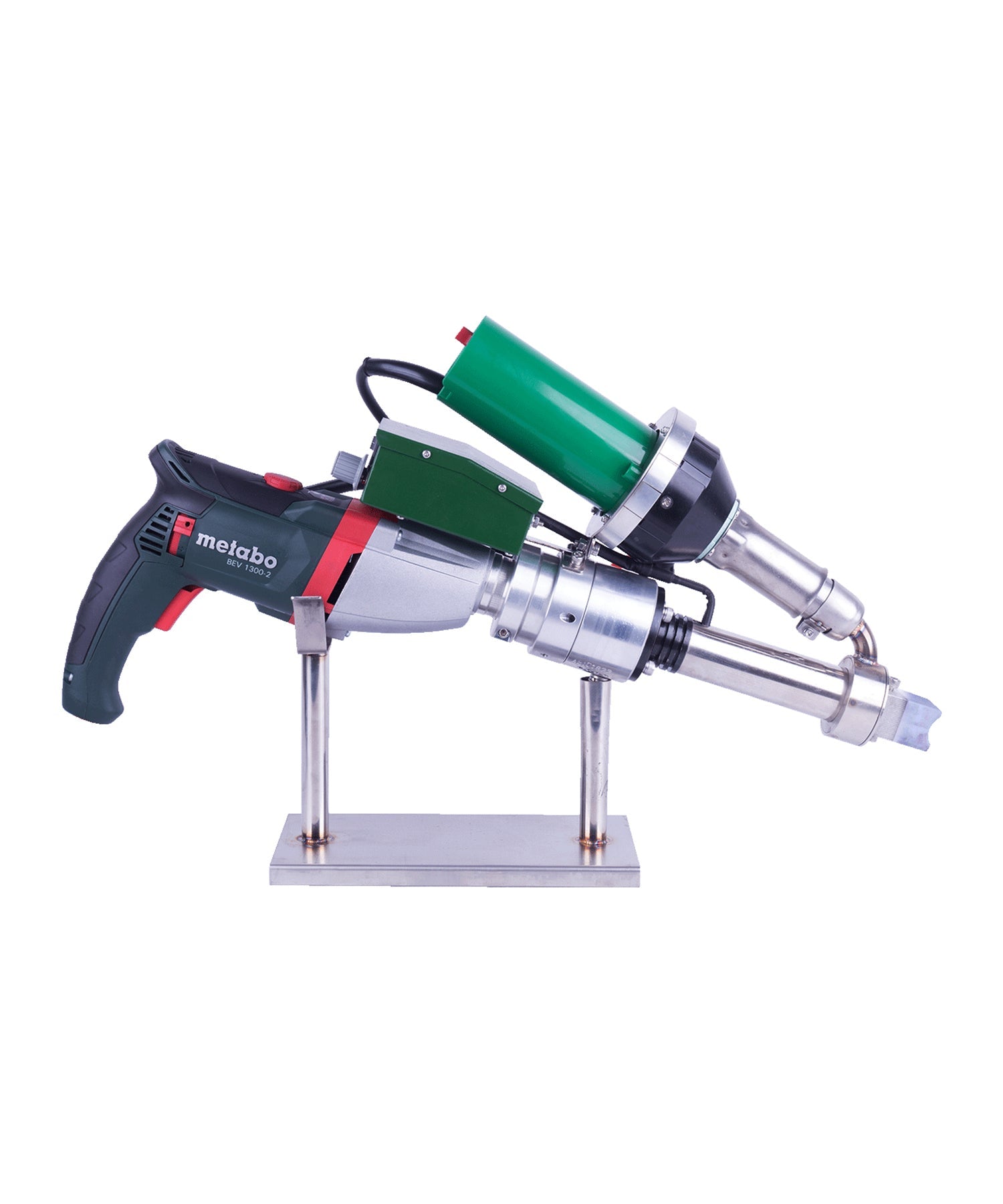
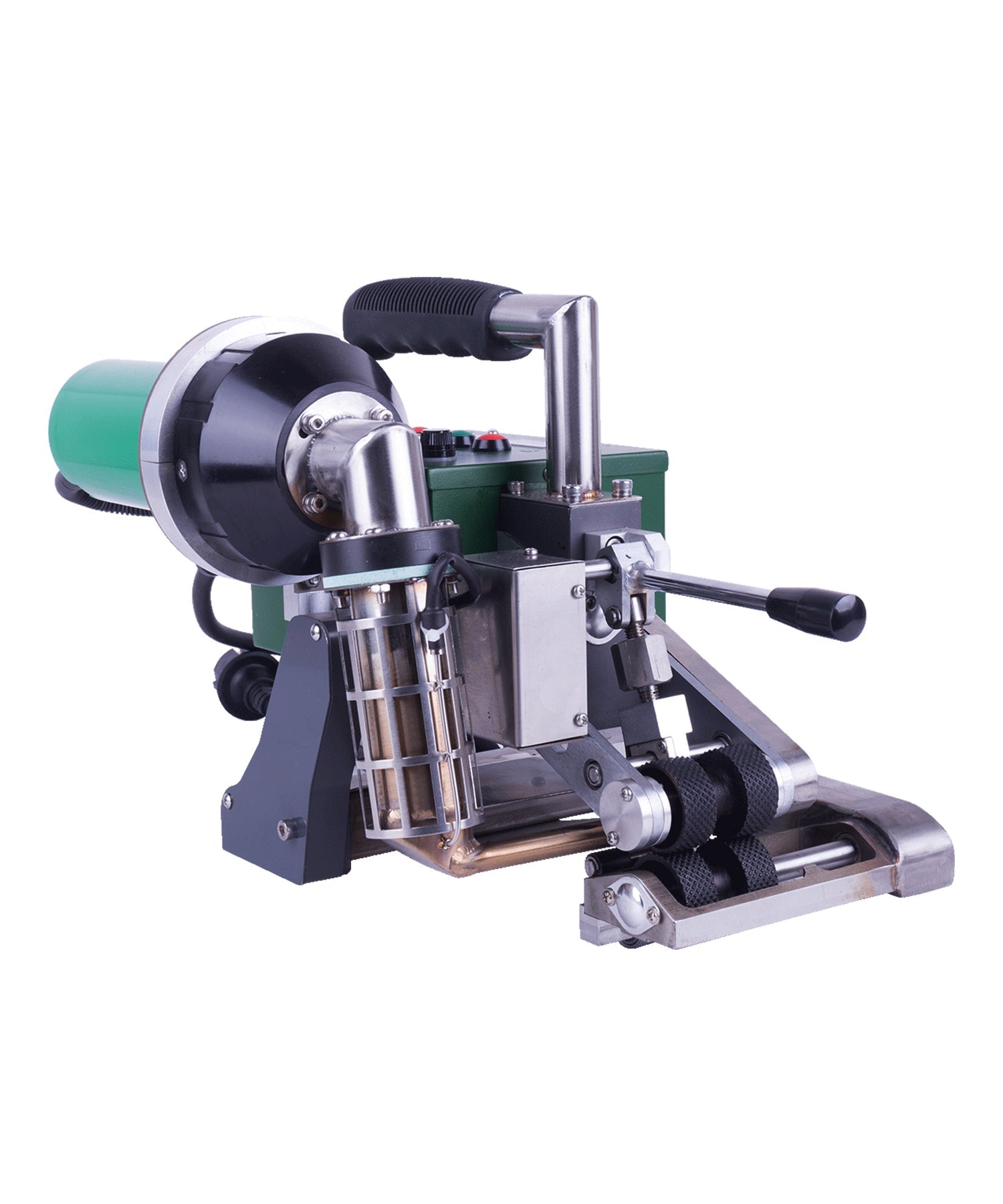
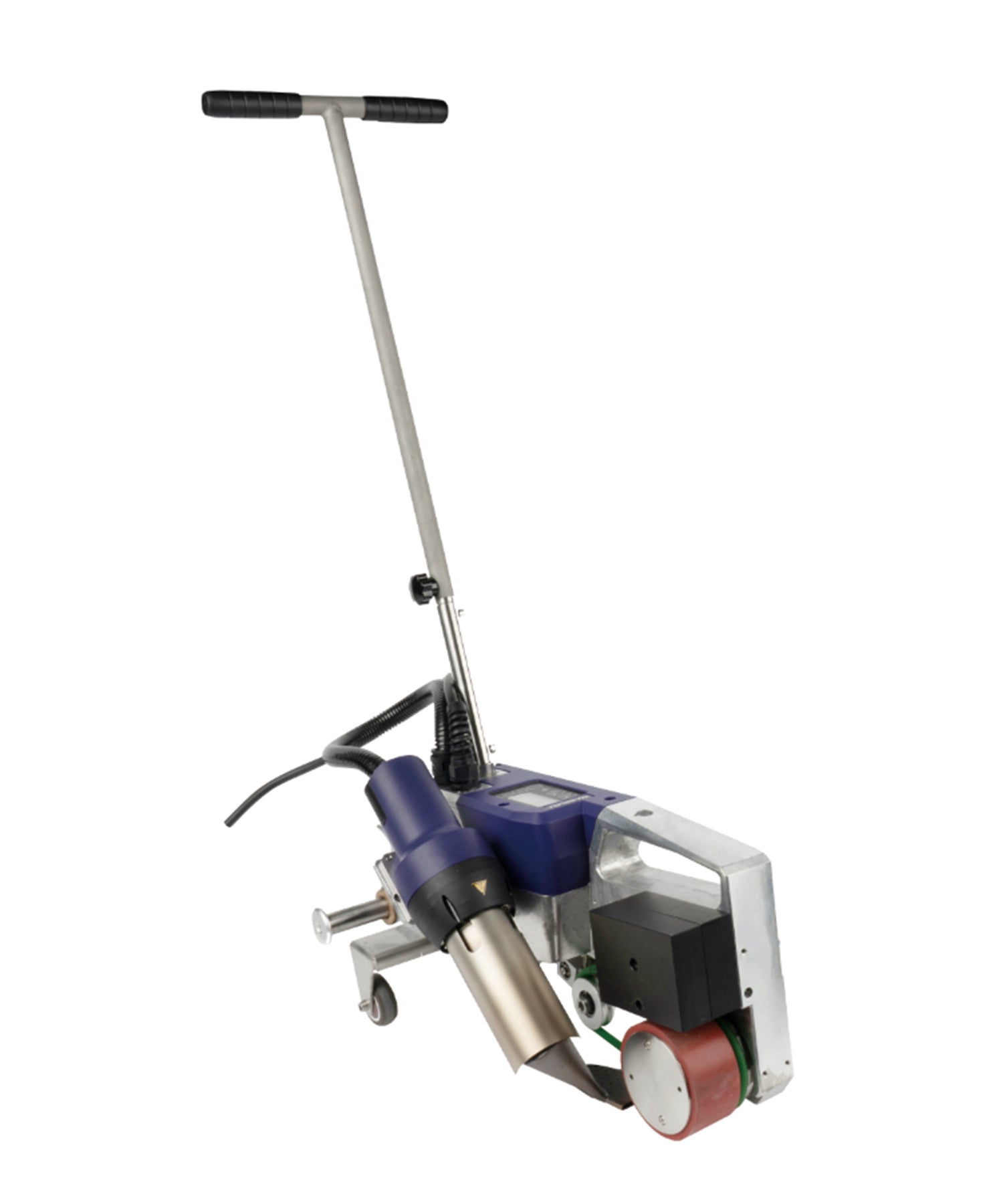
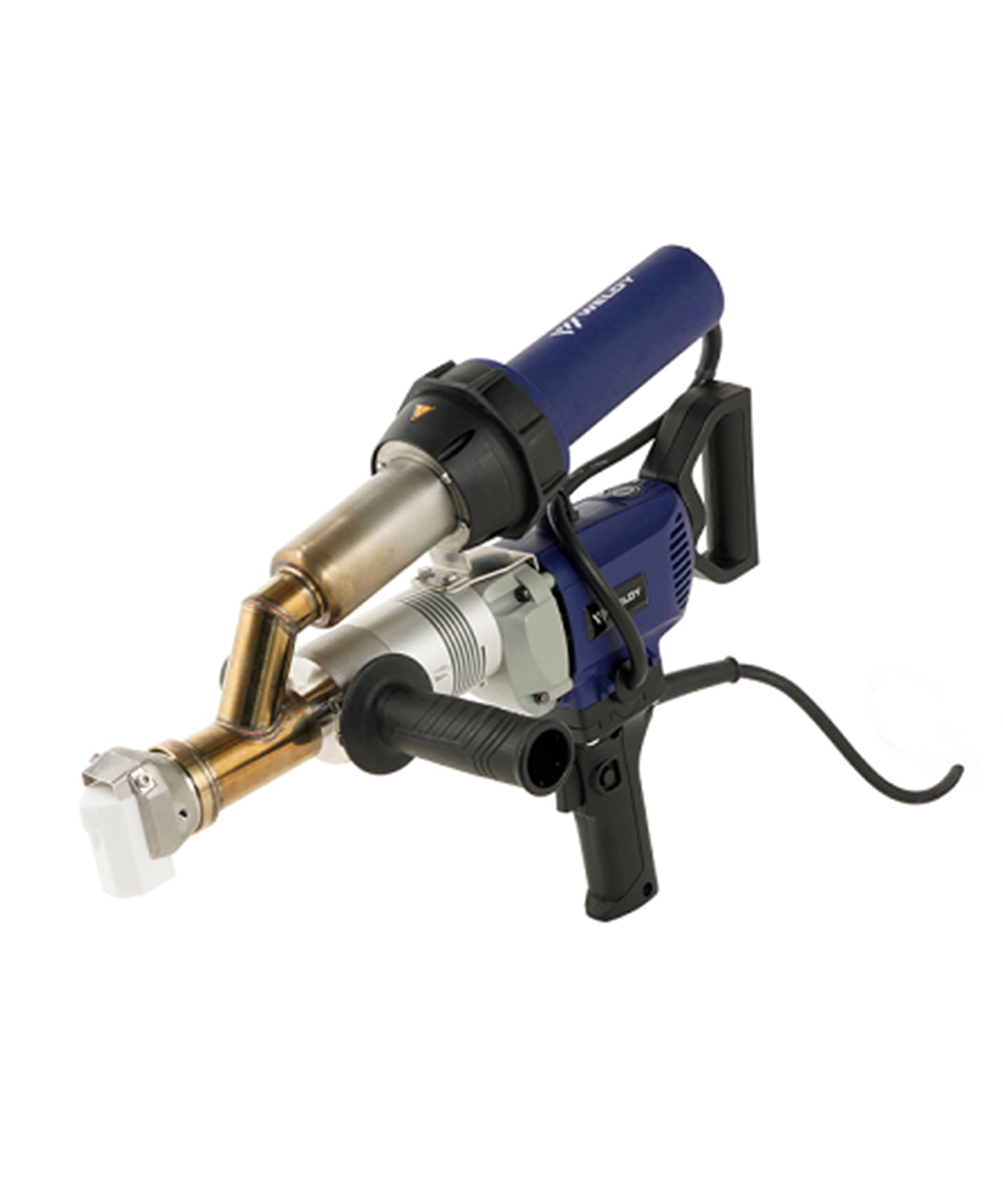
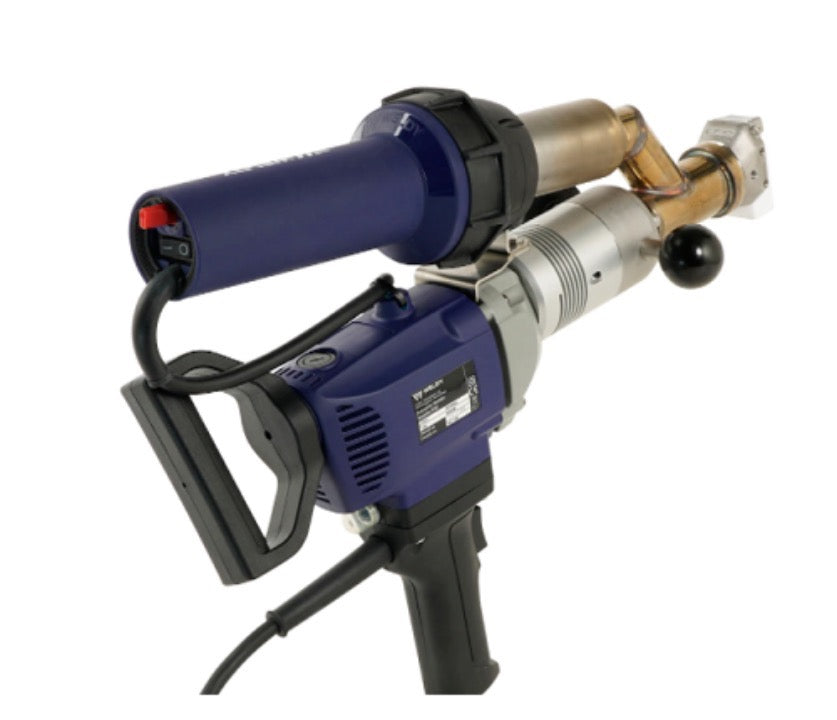
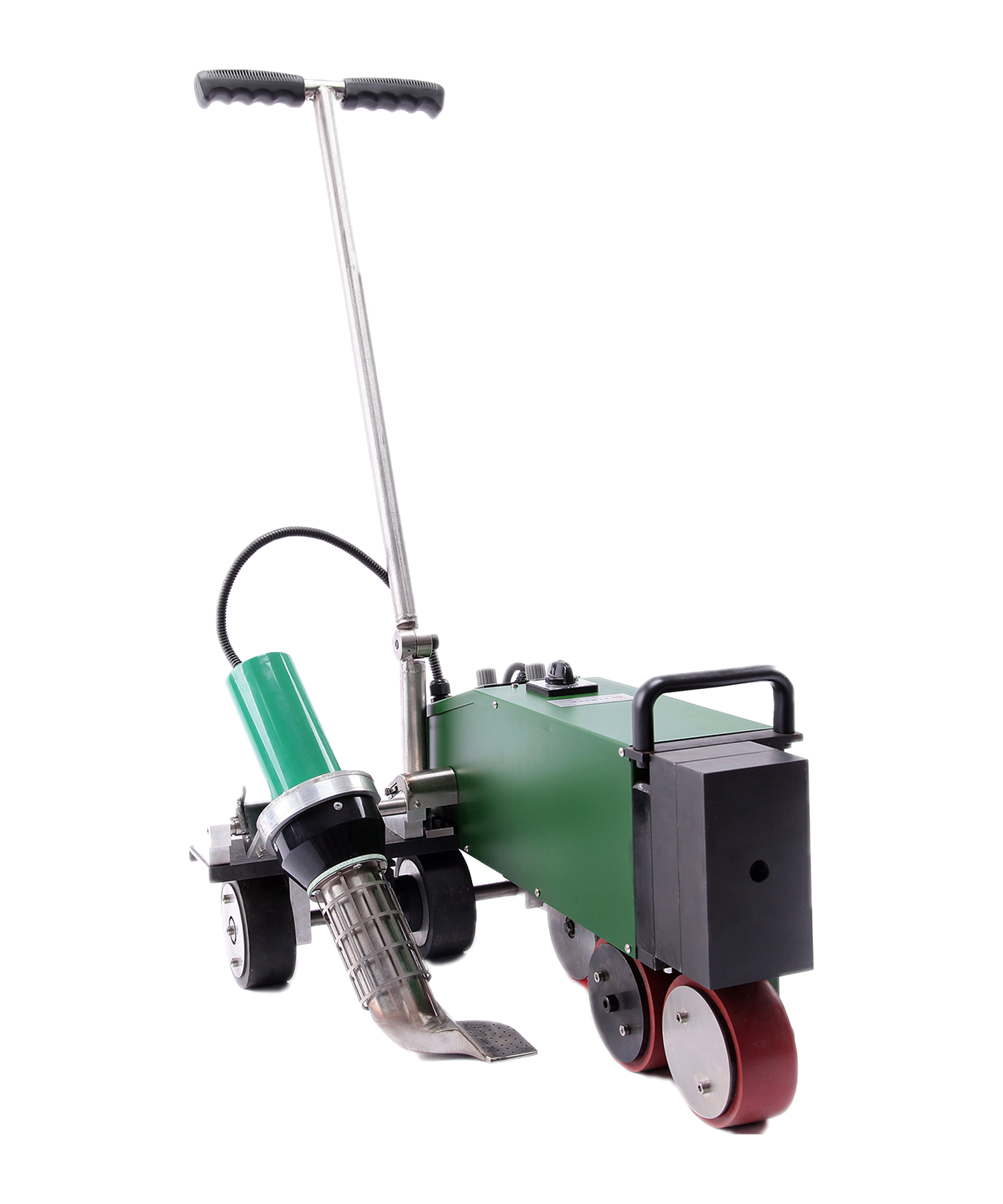
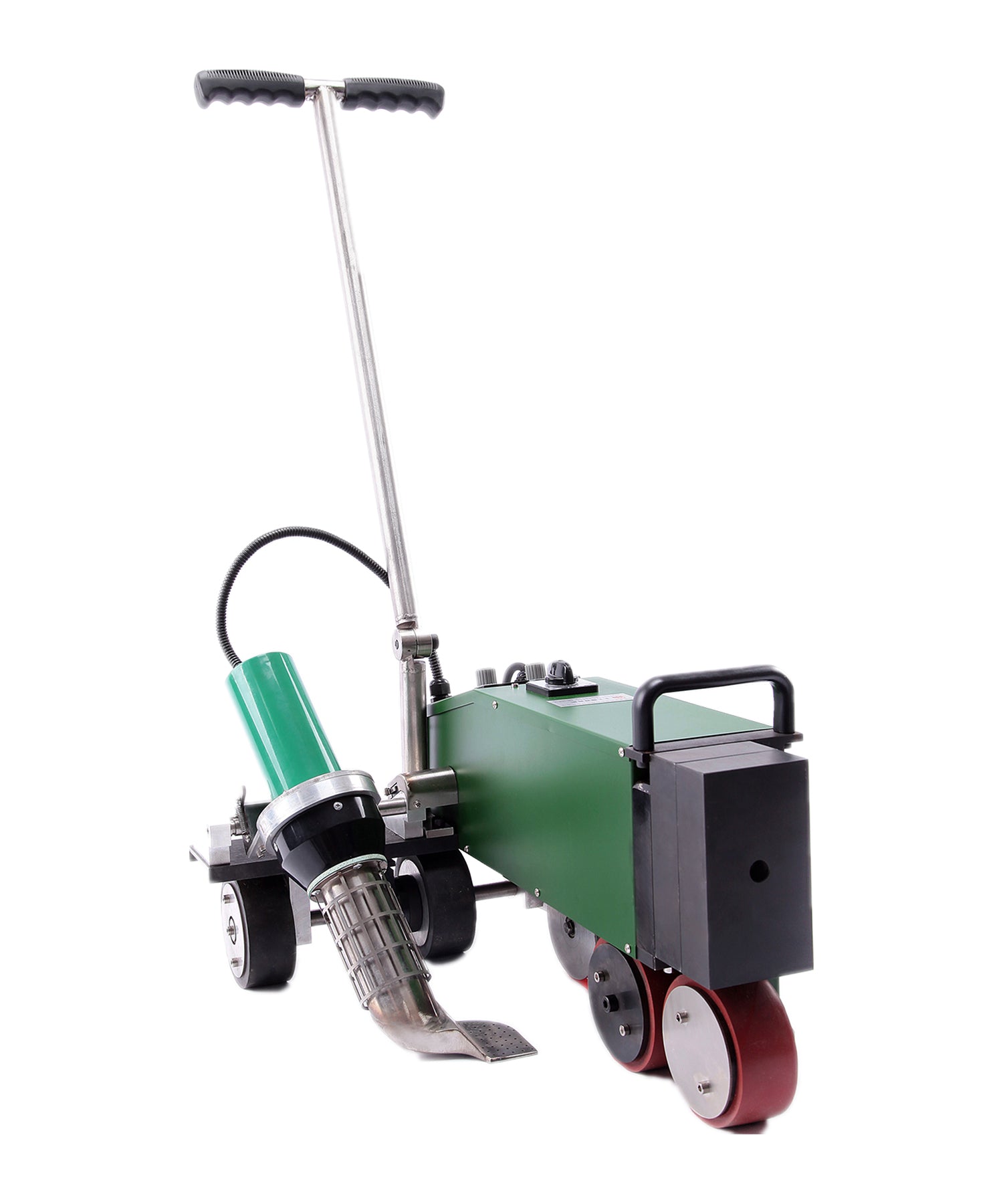
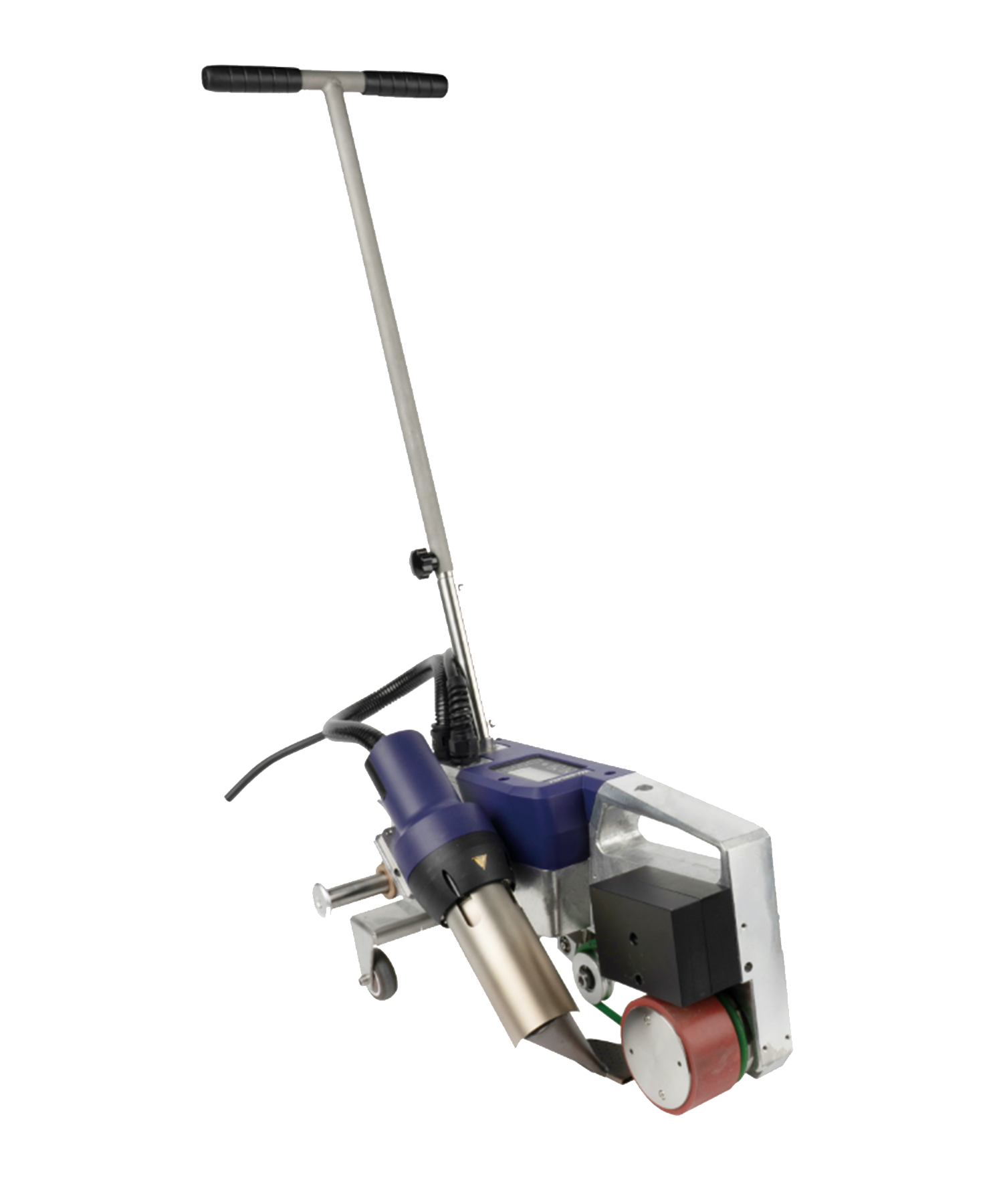
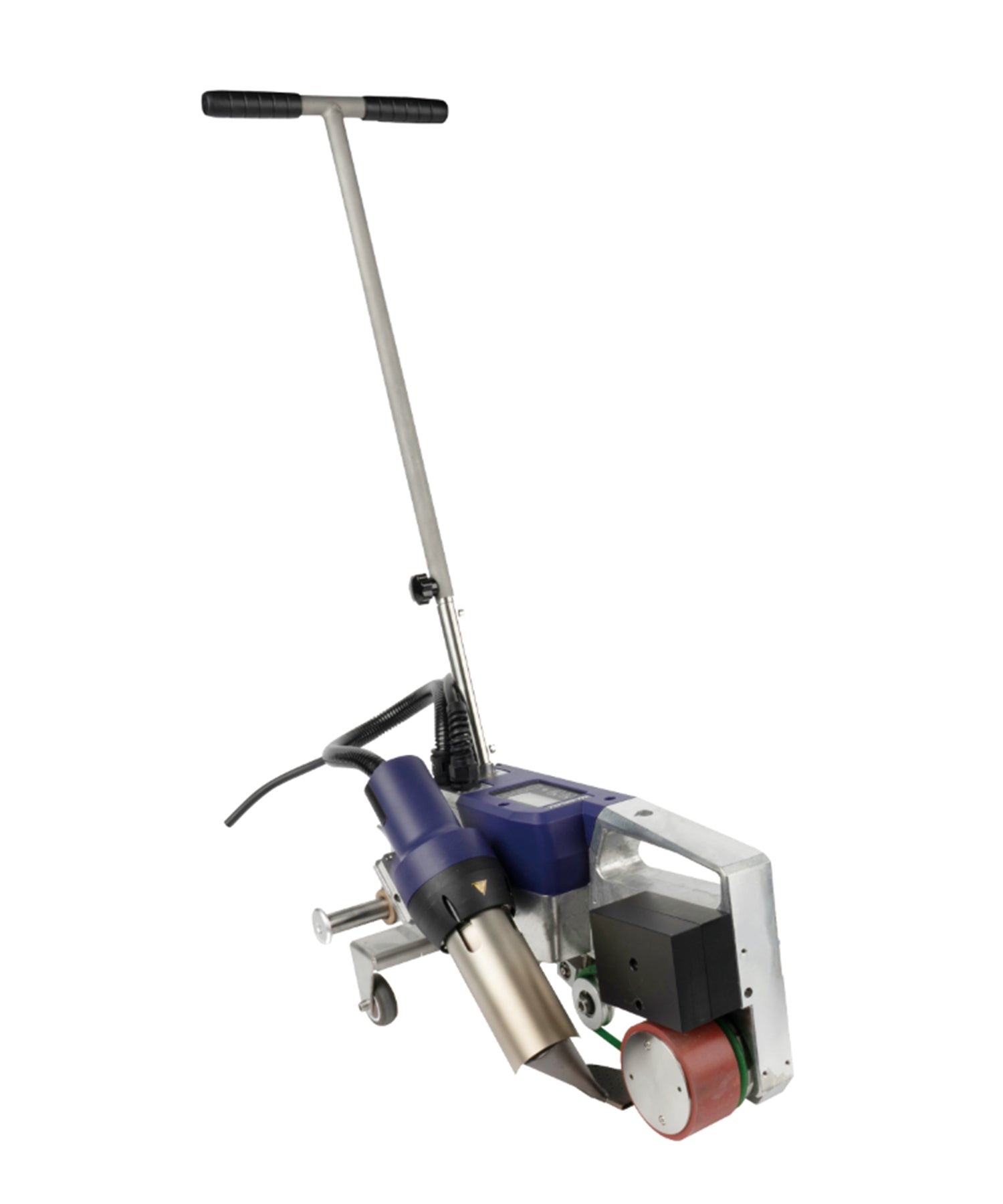
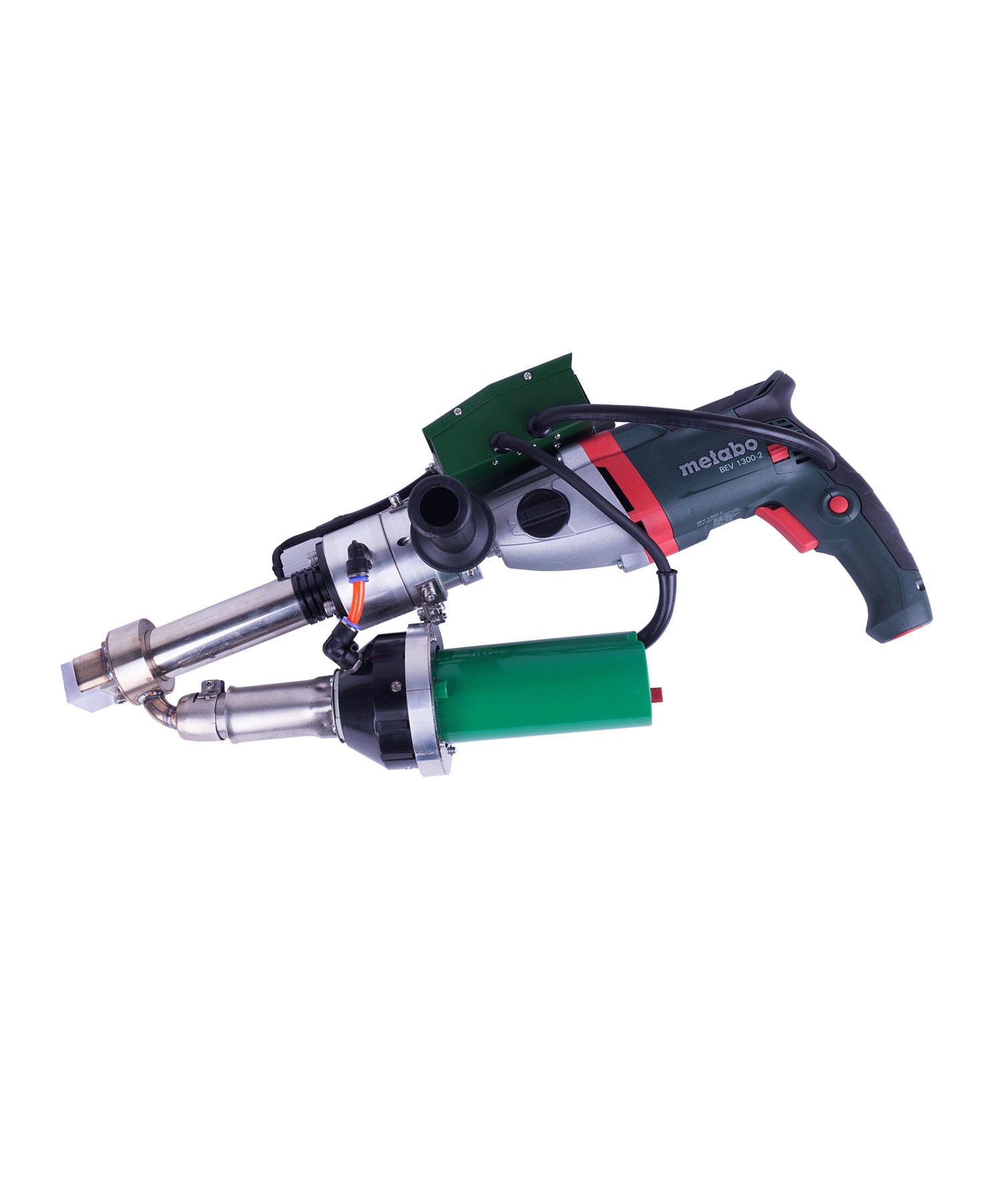
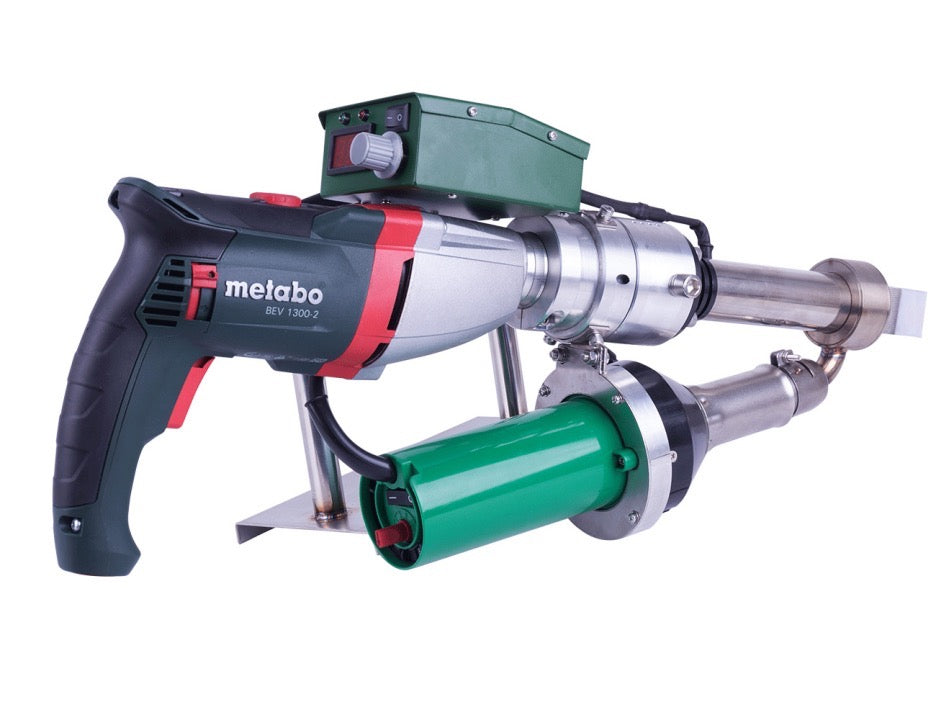
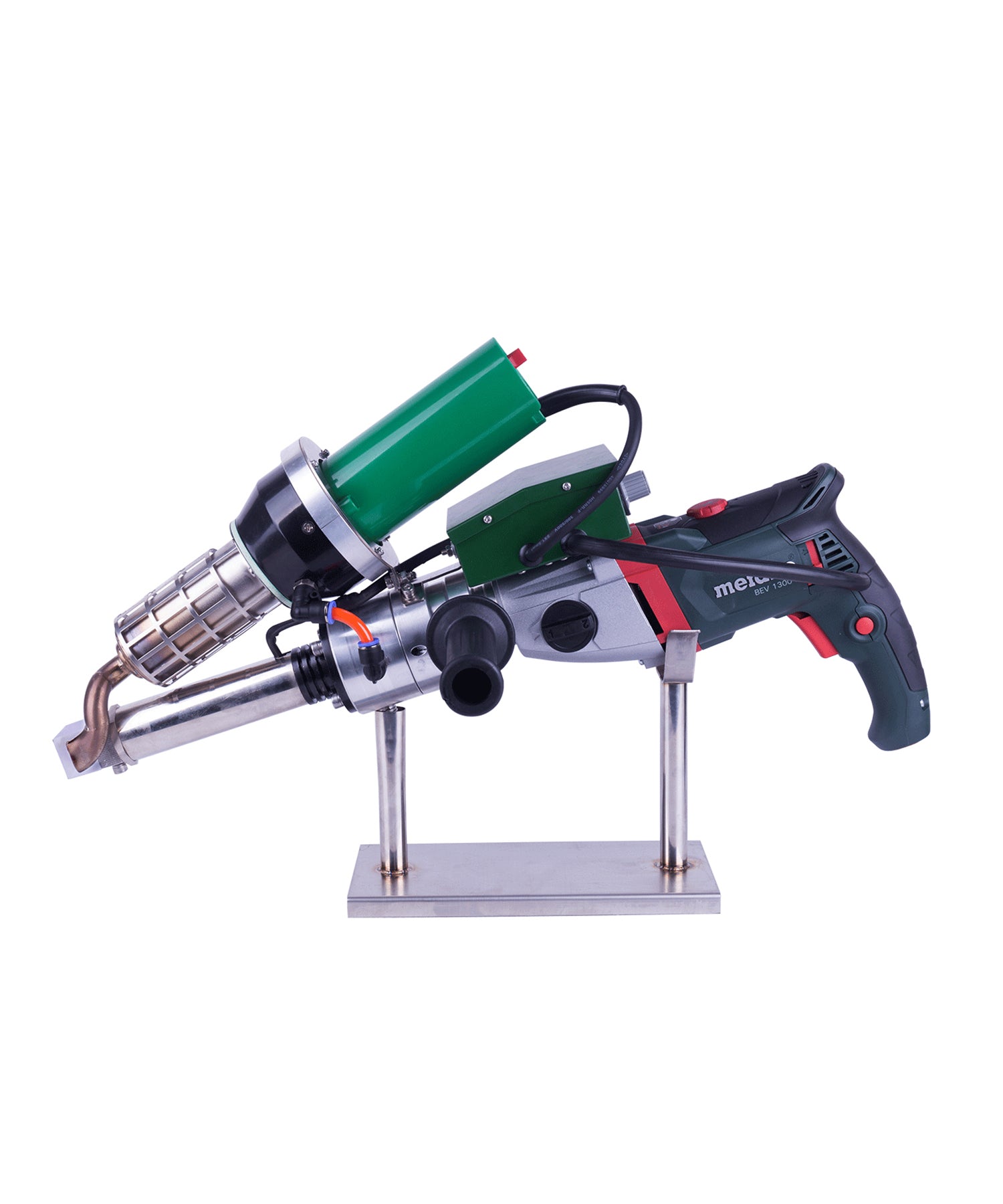
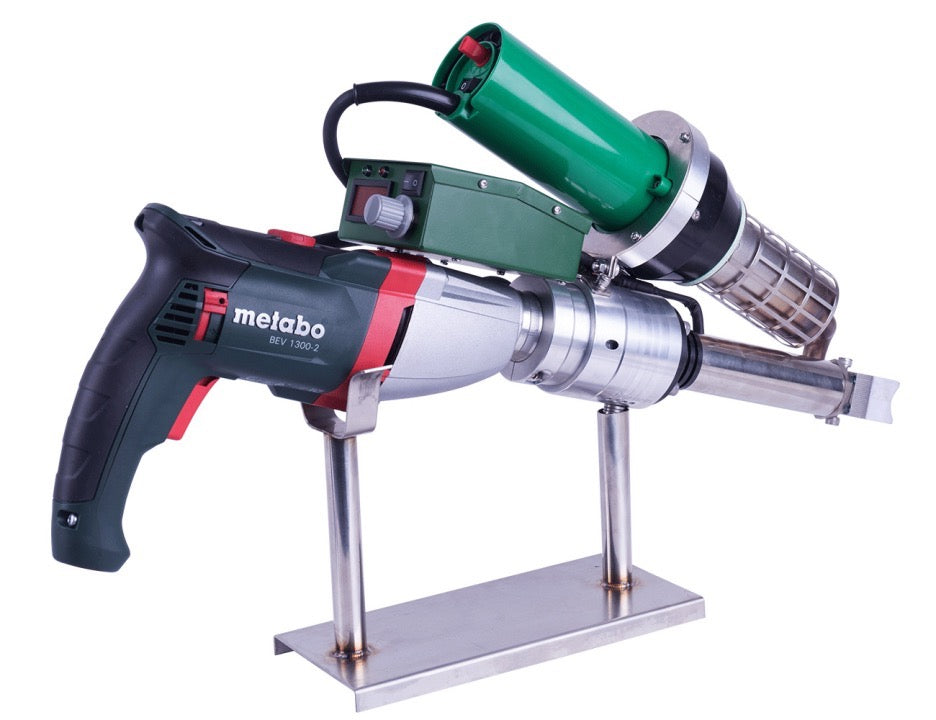
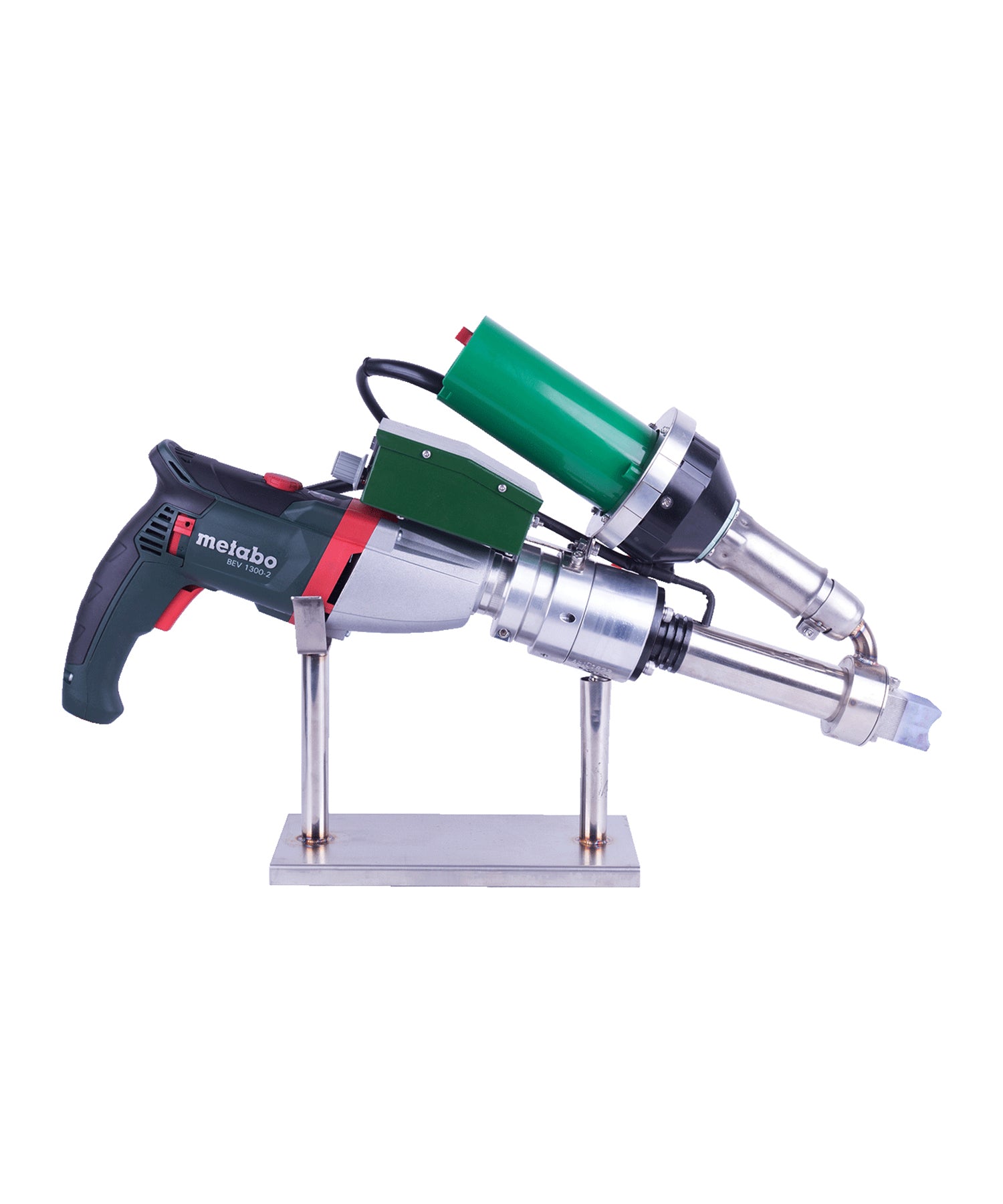
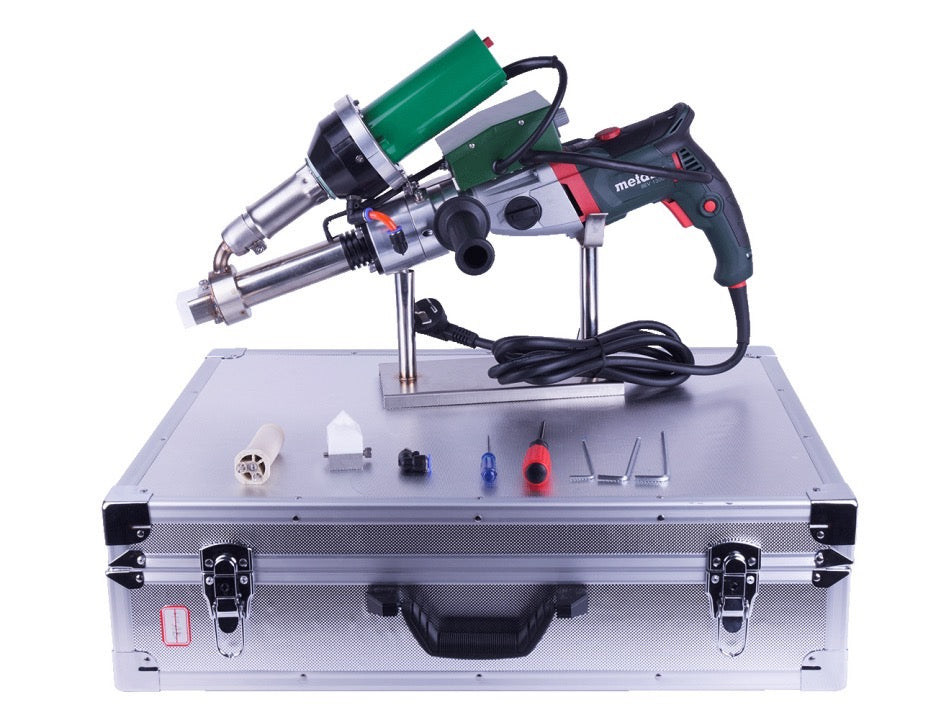



Leave a comment
This site is protected by hCaptcha and the hCaptcha Privacy Policy and Terms of Service apply.